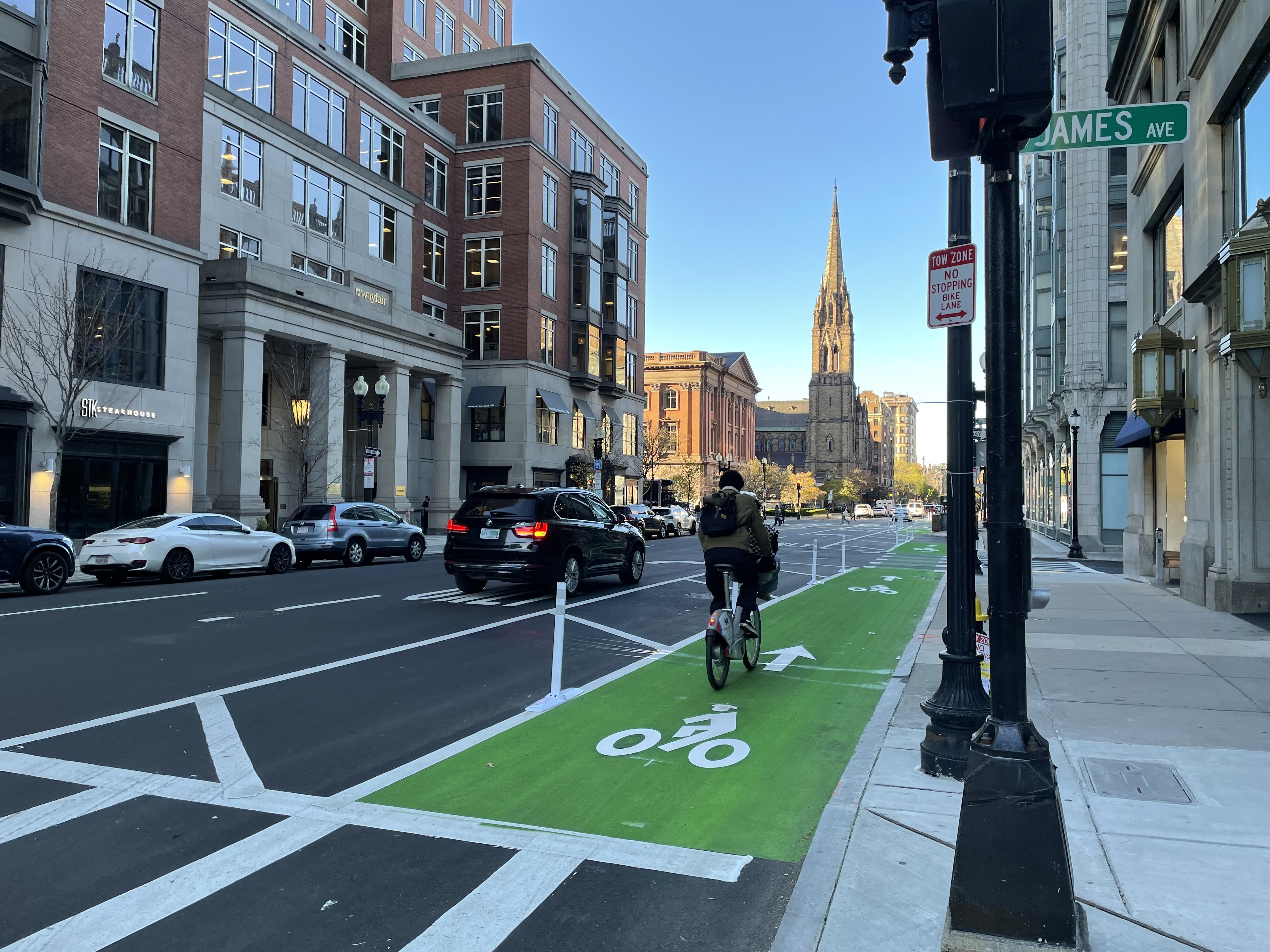They are in fact under City of Boston jurisdiction, per the
Road Inventory. I'm surprised by that as well.
The tool is new, and relies on the
Bike Facility Inventory which I will be the first to say is a flawed dataset*. You'll notice in your example it's only indicating the Cambridge side of the bridge as a gap. Sure enough, go into the facility inventory and you'll see that the data source for the Cambridge side is the City of Cambridge, and the data source for the Boston side is Toole Design Group. My suspicion would be that the inventory was updated for the Boston side recently and hasn't been for the Cambridge side.
*The first thing you'll notice is a bunch of lines where there very obviously is not any bike facility. The inventory if you look in the data table is indicating where there are planned facilites in addition to actual facilities. However it A: does not visually differentiate between the two, which is nonsensical for a public facing map, and B: is VERY generous in what counts as a planned facility. This is not "it's been programmed and we should expect it when the TIP funding comes through in 2027" it's, to use my local example, "this was indicated in the Quincy bicycle master plan" which is no actual guarantee of it ever being built. Consequently, the bike lanes that actually exist on Centre Street in Qunicy aren't indicated at all, whereas bike lanes over the Water Street bridge which are basically "the city said it'd be nice to have some day" are. The gap analysis
does not include "planned" but unbuilt facilities, so it will still mark an unbuilt planned facility as a gap, as we can see with Willard Street in Quincy.




